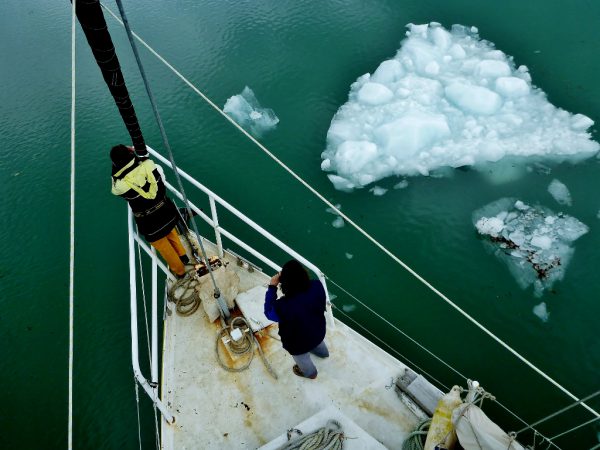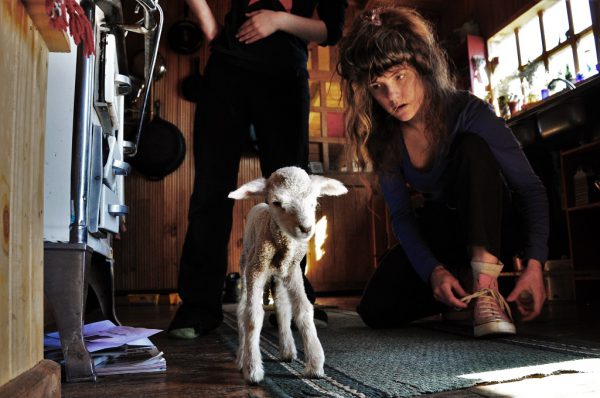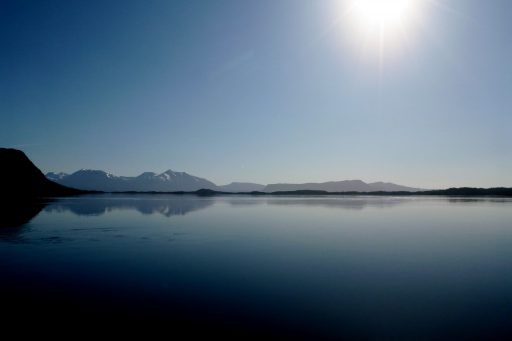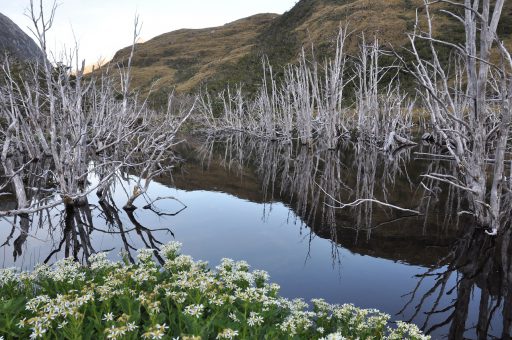
The western coast of Patagonia – pressed, on the one side, by a formidable range of mountains and ice fields; and, to seaward, by the frigid Humboldt current sweeping up from most nether regions of the planet – is more often than not an exception to the rule when it comes to climatic phenomena. One of these exceptions is that it harbours glaciers, reaching down into the sea, which are much closer to the tropics than any others in existence: Chile’s northern-most glacier, at around 46°S, would at the same latitude – if the planet could be inverted – have the balmy waters of the Mediterranean lapping around its foot.




